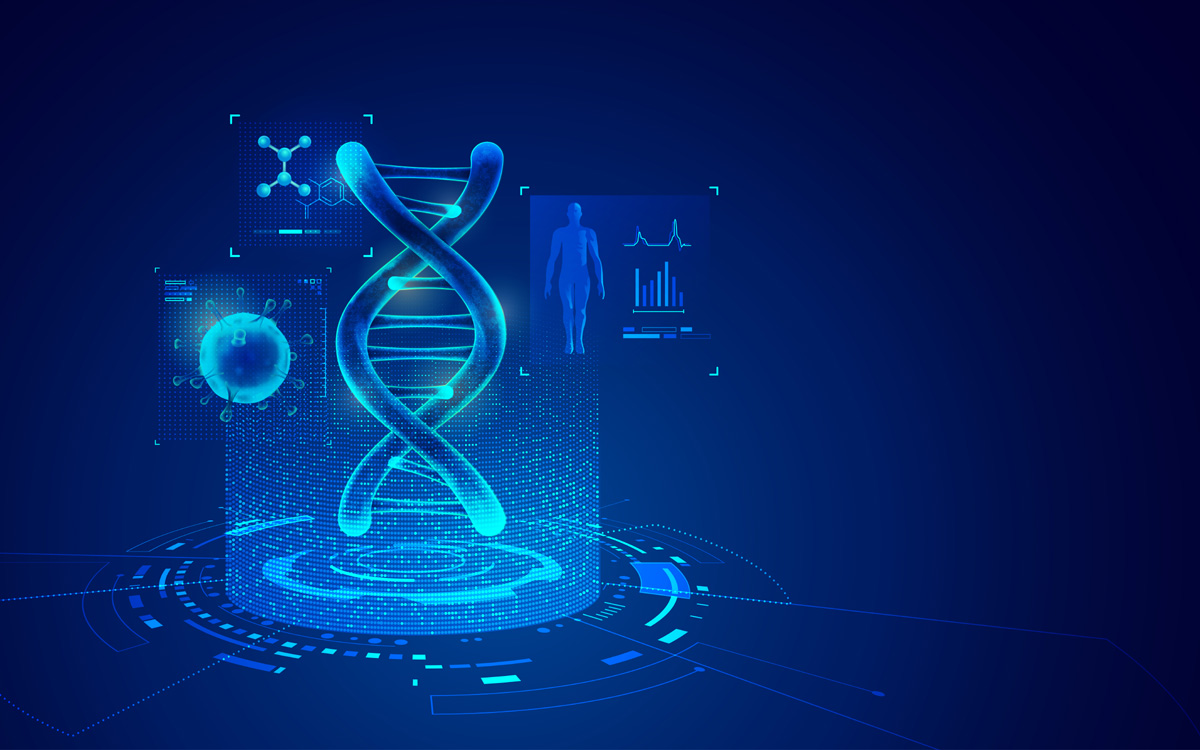
Am I in your Loop or are you in Mine?
The next challenge in AI is not a technical one but a human one. As Agentic AI systems enter the workplace—which will happen not if but when—the key capability will not be in developing the technical platform itself but in refining the principles of HITL, what we have somewhat unsettlingly termed Human in the Loop.
Whatever terminology we choose, the human must be central to teaching the Agent the high-level technical skills needed to go beyond the basic AI tools we currently use daily as reasoning machines. Equally important, the human must determine how the Agent fits into a human workflow, rather than the other way around. Perhaps we should call it Designing the Augmented Human Workplace, though that’s admittedly less catchy.
Many of us have become accustomed to having AI at our side—checking our work, making our to-do lists, even verifying our code and Excel formulas. But there’s a new player on the scene: Agentic AI. Leveraging the principles of agentic AI, it is now possible to develop vast multi-agent systems capable of handling a series of complex and interdependent tasks.
The pace of progress is so rapid that we humans need to be certain we take the wheel.
Shaping the Workplace of the Future
Agentic AI—artificial intelligence endowed with autonomy to set goals, make decisions and delegate tasks—is transforming the way humans and machines collaborate. Unlike traditional AI tools that assist passively, Agentic AI systems act proactively, coordinating complex activities with minimal human supervision. This leap forward offers remarkable opportunities, but also raises significant challenges, especially concerning how humans and AI can work together most effectively.
Marketing excellence is often misunderstood. It’s not about adding an adjective like "advanced" or "superior" to marketing – it’s about creating a robust, organisation-wide capability that ensures every function contributes to creating and exchanging value with customers.
In the pharmaceutical sector, where creating value requires alignment across medical, sales, HEOR and marketing teams, achieving excellence becomes even more challenging. Yet, it’s essential to ensure consistent, high-quality engagement with sophisticated healthcare stakeholders.
Rethinking "Human in the Loop"
Traditionally, HITL frameworks positioned humans as overseers, stepping in when an AI system was uncertain or failing. However, with Agentic AI’s growing autonomy, this model shifts from mere oversight to genuine partnership. Humans are not just quality controllers but active collaborators who instruct, guide, and align AI behaviour with broader organisational aims.
Siau and Wang (2021) describe this evolution as “human-agent teaming,” where humans bring unique attributes such as ethical judgment, strategic insight and contextual awareness, while AI contributes speed, data processing, and consistency. The collaboration lies in designing workflows that combine these complementary strengths.
"Intention is everything" as Pharrell Williams reminds us, and we underestimate our power in that regard at our peril.
Placing Human Expertise at the Centre of AI Training
Agentic AI does not inherently grasp context or priorities. It relies heavily on input from domain experts who convert their tacit knowledge into explicit training. This process resembles how skilled pilots teach autonomous drones to respond adeptly, ensuring AI decisions are efficient but also ethically and operationally aligned (Chen et al., 2023).
Furthermore, the human role extends beyond initial training. As Agentic AI systems continue learning, humans must continually monitor their behaviour, recalibrate objectives, and intervene when AI goals diverge—a phenomenon known as “reward hacking” (Leike et al., 2018). Effective collaboration requires ongoing dialogue between humans and AI agents, not a one-time configuration.
Crafting the Augmented Human Workflow
Integrating Agentic AI into the workplace means humans must design workflows with AI as a teammate rather than a mere tool. This involves:
Clear roles: Defining which decisions remain firmly human, especially those involving moral or strategic subtleties.
Interoperability: Ensuring AI agents can seamlessly connect with human systems and other agents to manage interdependencies.
Transparency: Maintaining explainable AI decisions to foster human trust and accountability.
Flexibility: Building adaptable processes that allow humans to override or reshape AI actions as circumstances change.
Research by Davenport and Ronanki (2018) highlights that organisations succeeding with AI embed it in collaborative workflows, leading to increased productivity and better problem-solving. They caution that ignoring a human-centred design approach risks resistance and failed adoption.
Embracing the Human-Agent Partnership
Rather than fearing autonomous AI, organisations should see it as an opportunity to rethink work itself. Agentic AI can take on repetitive and mentally taxing tasks, freeing humans to focus on creativity and strategy. The key is an evolving model of collaboration firmly grounded in human values and expertise.
In this swiftly changing landscape, the human role transforms from operator to meta-designer—embedding ethics, context, and strategy within a multi-agent ecosystem. Only by embracing this partnership can we fully unlock the potential of Agentic AI.
Contact us today to learn more about how we can help your organisation achieve marketing excellence.
References
Chen, J., Liu, Y., & Zhao, D. (2023). Training Agentic AI Systems with Expert Feedback: A Pilot Study. Journal of Artificial Intelligence Research, 76(3), 478-495.
Davenport, T. H., & Ronanki, R. (2018). Artificial Intelligence for the Real World. Harvard Business Review, 96(1), 108-116.
Leike, J., Krueger, D., Everitt, T., et al. (2018). Scalable agent alignment via reward modelling: a research direction. arXiv preprint arXiv:1811.07871.
Siau, K., & Wang, W. (2021). Human-AI Collaboration: A Review and Agenda. Journal of Database Management, 32(1), 1-19.

